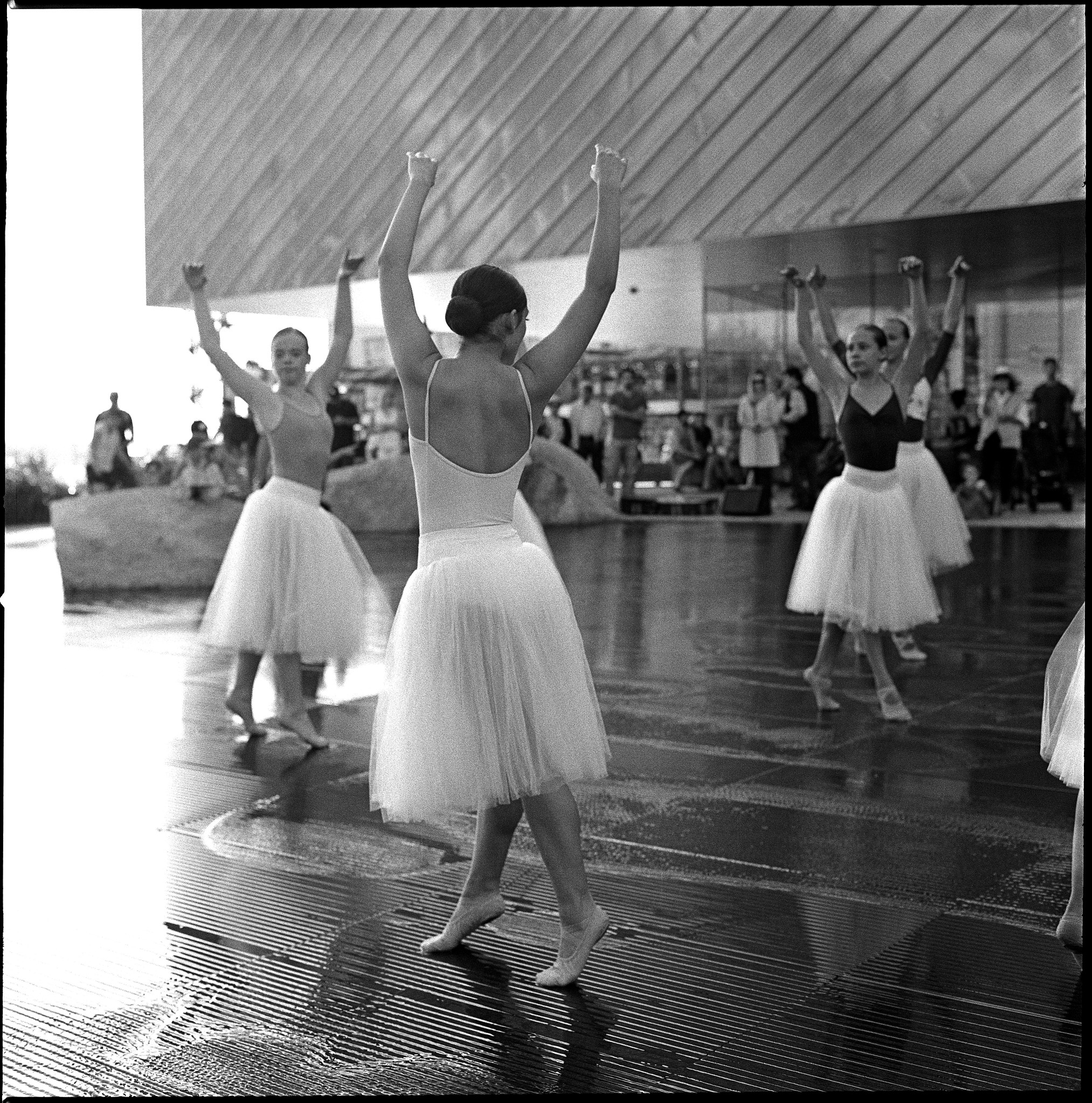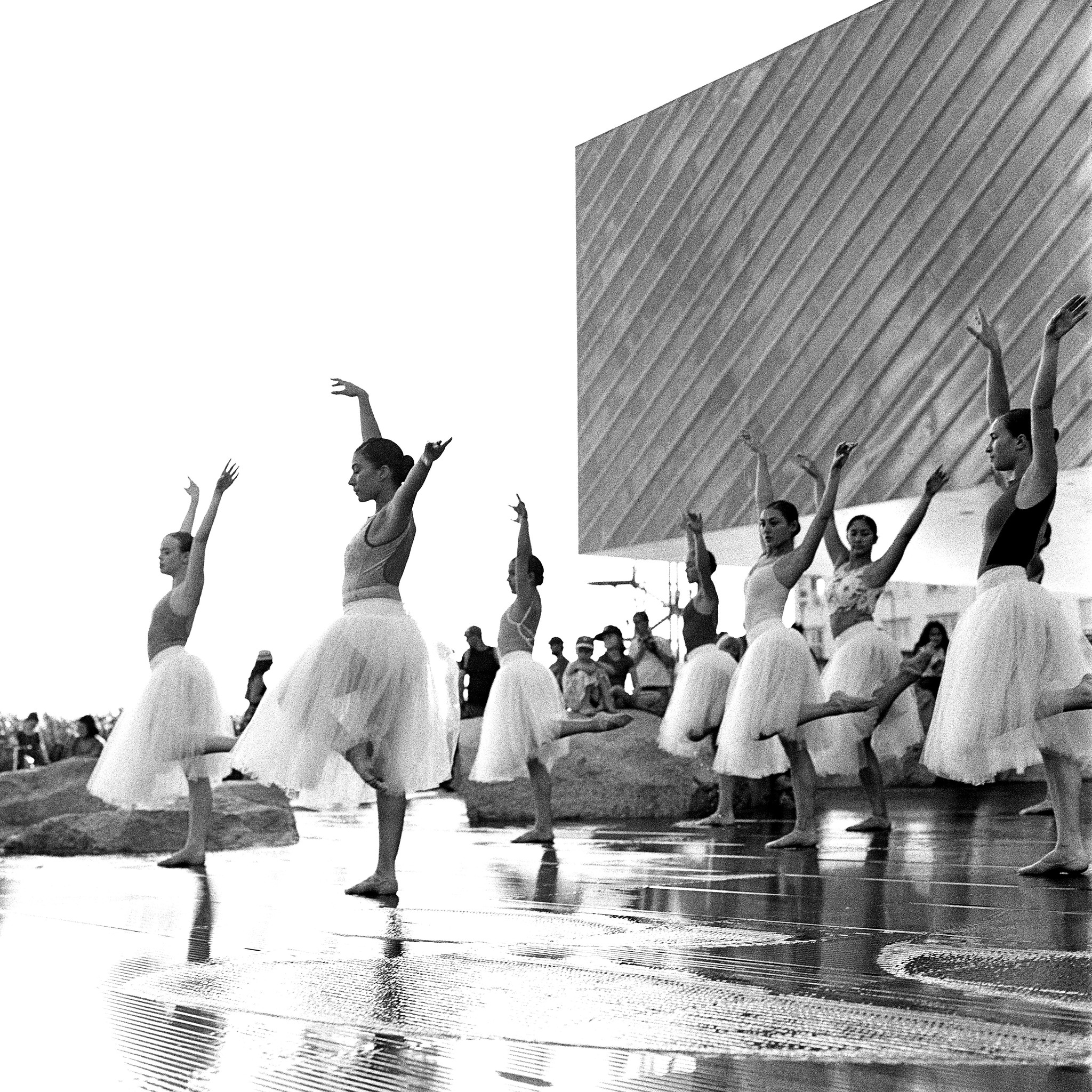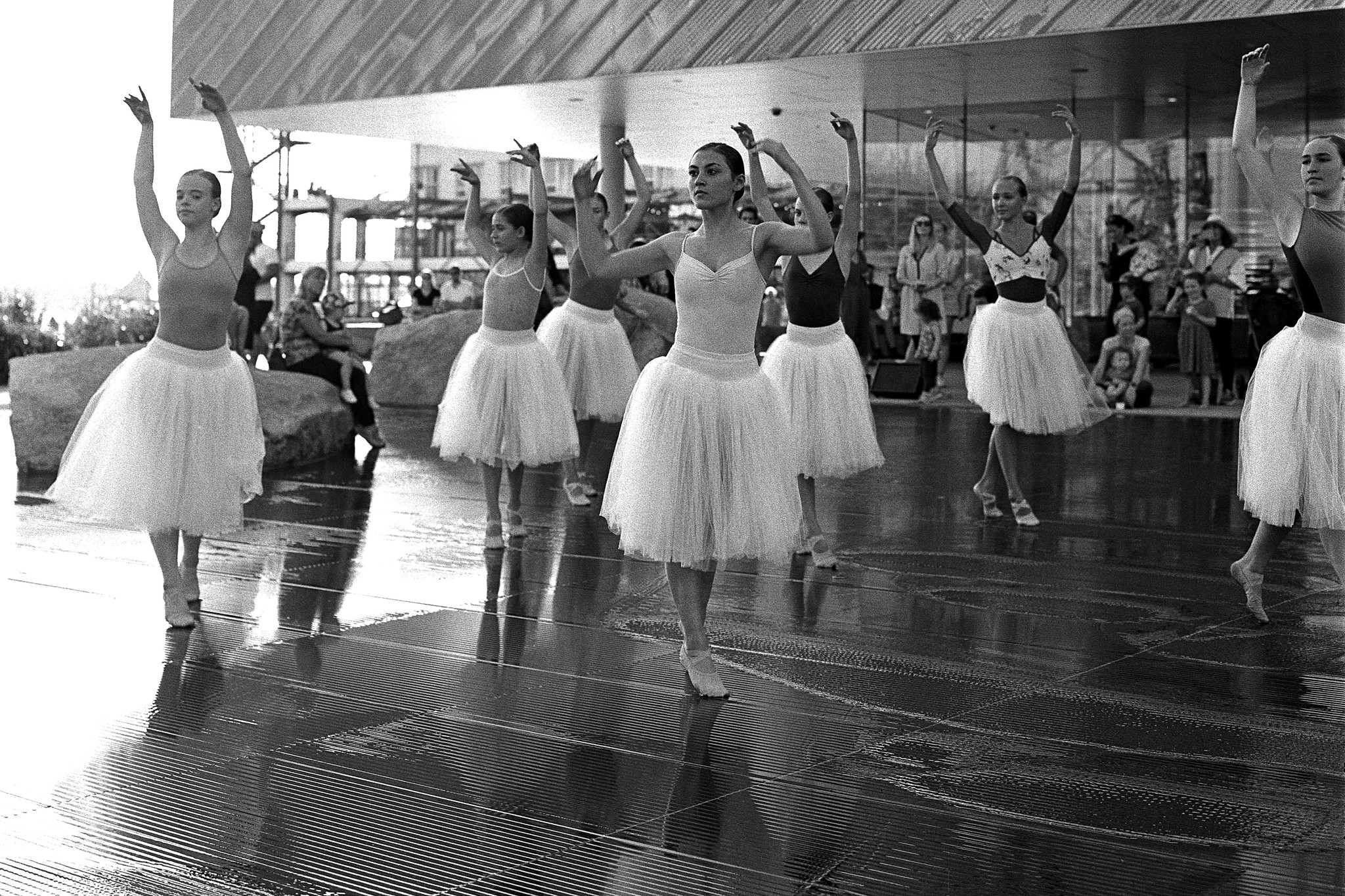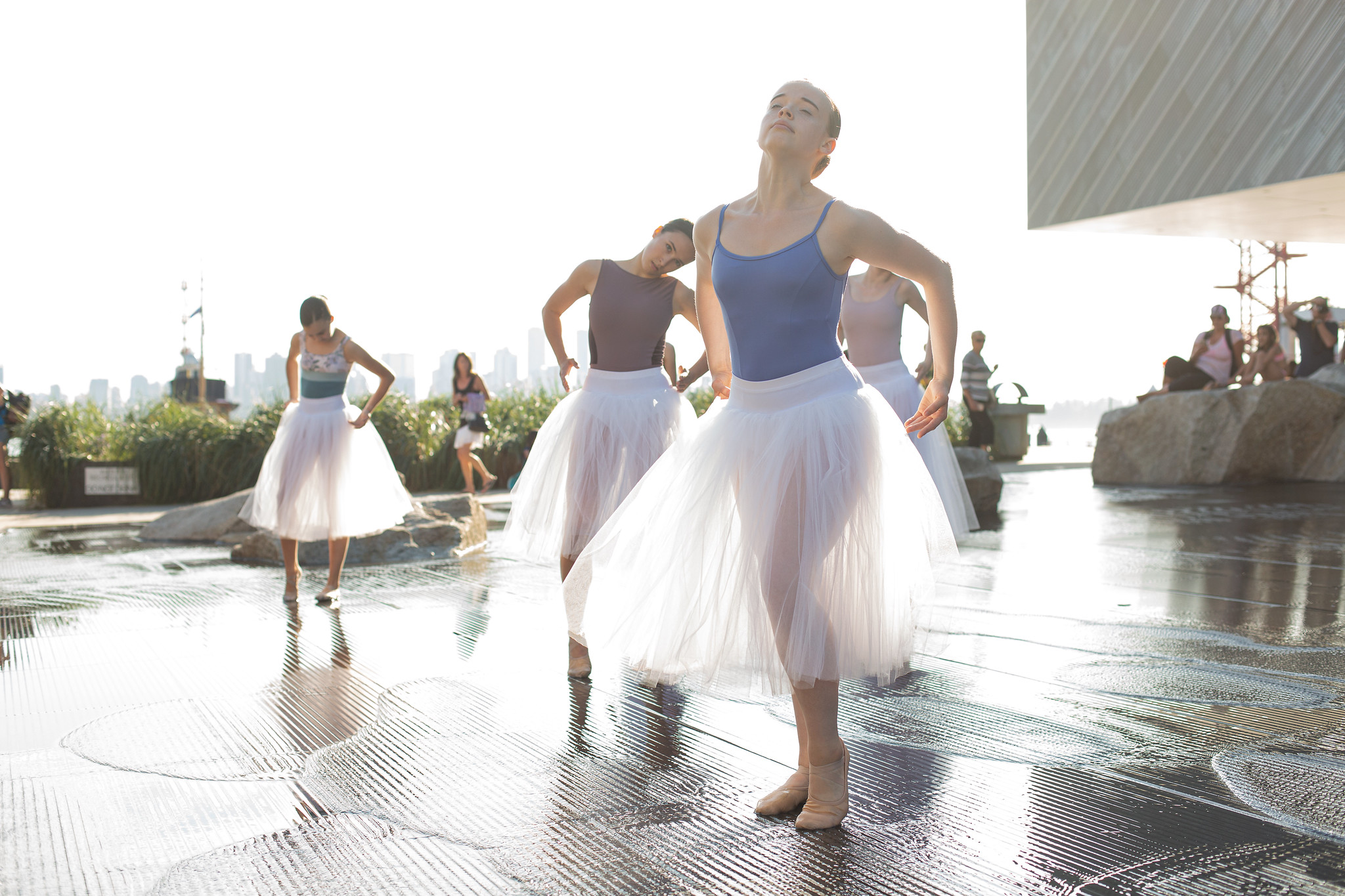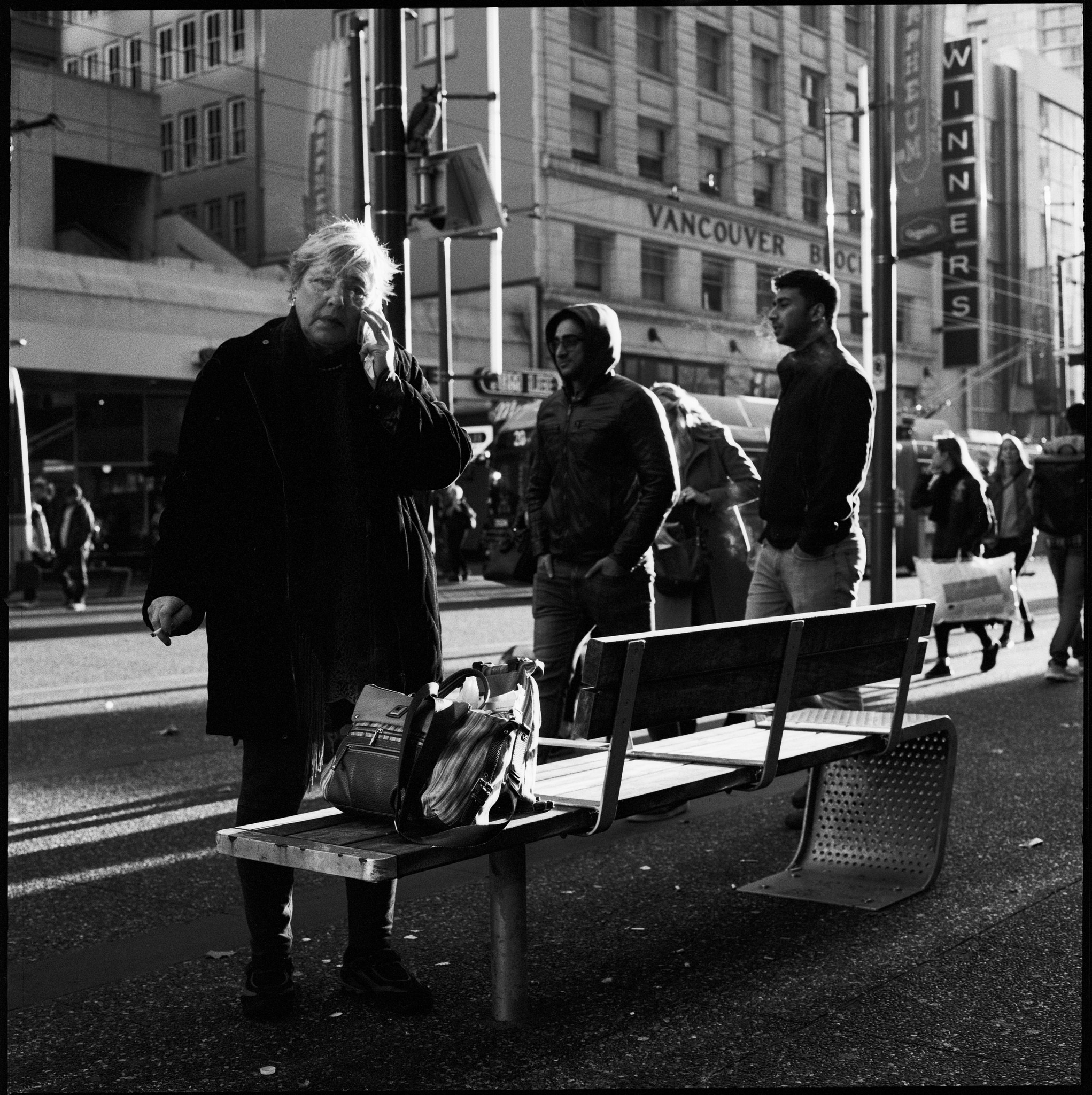A little while ago, I was in Kerrisdale Cameras stocking up on some film, when I noticed a brand that I hadn’t seen before—Berger Pancro 400 black and white film. I’m always keen to try new film, and so I bought a couple of rolls in the 120 format (also available in 135).
When I got home, I did some research about the Bergger company, and WOW! They are a very well established company, with a wide variety of photography products available, including film, film paper and even developing chemistry.
Bergger is the heiress of the much older film company Guillemot, the last French firm that specializes in making photosensitive surfaces.
Of course, one of the very first things I did was search for image examples of the film I had just purchased, and I was immediately blown away by the quality and uniqueness of this film! I’d have sworn I was looking at film with an emulsion base of platinum or gold. The examples I found were exquisite to say the least.
From their website:
BERGGER Pancro 400 is a two emulsion film, composed with silver bromide and silver iodide. They differ by the size of their grain. These properties allow a wide exposure latitude. Cristals are precipitated by double-jet process, under the control of a computer. The two emulsions are panchromatic, and are stabilized by high tech systems.
BERGGER Pancro400 in 120 is coated on a 100 microns PET base and includes an anti curling layer. It is designed with an undercoated anti-halation layer which clarifies during processing, and a anti-curling layer.
I loaded my first roll of Bergger Pancro 400 120 film into Apollo, my lovely old Hasselblad 500c, and I shot some photos around The Shipyards District in North Vancouver. Because this was the first roll, I shot it at box speed, ISO 400, so I would get a true sense of the nature of this film.
I developed the first roll with Kodak HC-110 (1+31) 6:30 minutes at **24°C.
Lovely Joanne at the Shipyards pier with her Leica R5 SLR. Bergger Pancro 400 120 film. Hasselblad 500c. 1/500th f/8.0. Zeiss Planar T* 80mm f/2.8. Developed with HC-110 (1+31) 6:30 24°C. Epson V-850 scan.
Notice the incredible midrange details, and the beautiful, fine grain. Bergger Pancro has an amazing dynamic range. With most film, a photo like this would have very strong contrast, because Joanne is standing in direct sunlight, yet there is so much lovely detail in the shadows. The highlights are not blown out at all. There is a perfect balance.
As you can see, even though this film reveals so much detail in the midrange, it does not lack good contrast at all. It’s rare to see a film that can render both so well.
A man in The Polygon Gallery, with outside scene reflecting on the glass. Bergger Pancro 400 120 film. Hasselblad 500c. 1/125th f/5.6. Zeiss Planar T* 80mm f/2.8. Developed with HC-110 (1+31) 6:30 24°C. Epson V-850 scan.
So, after shooting the first roll and discovering just how wonderful this film is, I wanted to see how it handles being pulled a couple of stops. Pull processing a film simply means you are metering for a lower exposure index than the normal box speed ISO sensitivity of the film, and then adjusting your development time accordingly. So for example, if your film’s box speed is ISO 400, you can pull it 2 stops to EI (Exposure Index) 100 by adjusting your camera metering to the exposure settings as if you were shooting ISO 100 film. You are purposely overexposing your film, and then under-developing it. The main reason for pulling film is to decrease contrast, and to give you more details in the shadows. (Note that this is the opposite effect of pushing film.) This is especially useful on bright sunny days with harsh shadows.
So, I loaded my second roll of Bergger Pancro 400 film, into Legend, my Hasselblad 205fcc, and set it at ISO 100. I developed using HC-110 (1+31) 7:17 at 19.5°C. Here are the results:
Joanne with one of her Polaroid cameras at The Polygon Gallery in North Vancouver. Bergger Pancro 400 120, pulled to EI 100. HC-110 (1+31) 7:17 at 19.5°C. Hasselblad 205fcc. Zeiss Planar T* 80mm f/2.8. 1/500th at f/8.0. Epson V-850 scan.
The Bergger Pancro 400 performed wonderfully when pulled to EI 100. You can see in these photos of Joanne that there is a lot of fine detail in all of the shadows, and the highlights are not blown out, even though these photos were shot in direct sunlight.
Joanne with one of her Polaroid cameras at The Polygon Gallery in North Vancouver. Bergger Pancro 400 120, pulled to EI 100. HC-110 (1+31) 7:17 at 19.5°C. Hasselblad 205fcc. Zeiss Planar T* 80mm f/2.8. 1/500th at f/8.0. Epson V-850 scan.
In conclusion, it’s very clear that Bergger Pancro 400 is an exceptional film, with excellent dynamic range, and it yields beautiful images with fine, pleasing grain. I will certainly be shooting more of this film, and I highly recommend it. I may try some push processing on the next roll.
**My development temperatures sometimes vary from the standard 20°C, in which I adjust my development time accordingly. I may increase the developer temperature occasionally to speed up the development time, especially with push processing, as the development time can be very long. In some cases my developing temperature is less than the standard, simply to align with the actual room temperature. There are a lot of variables to maintain and control while developing film. I do not recommend this unless you are well experienced with the developing processes.






